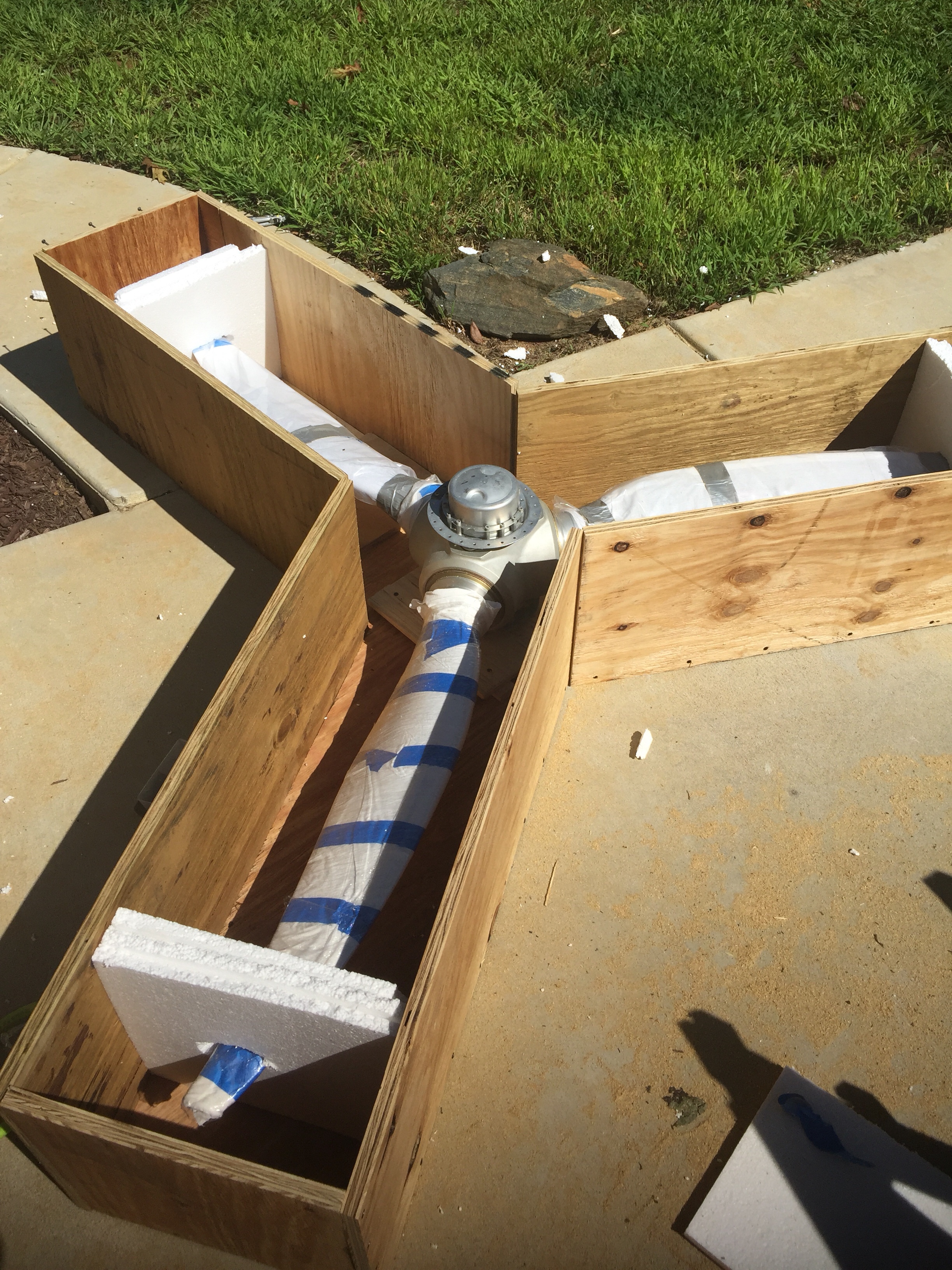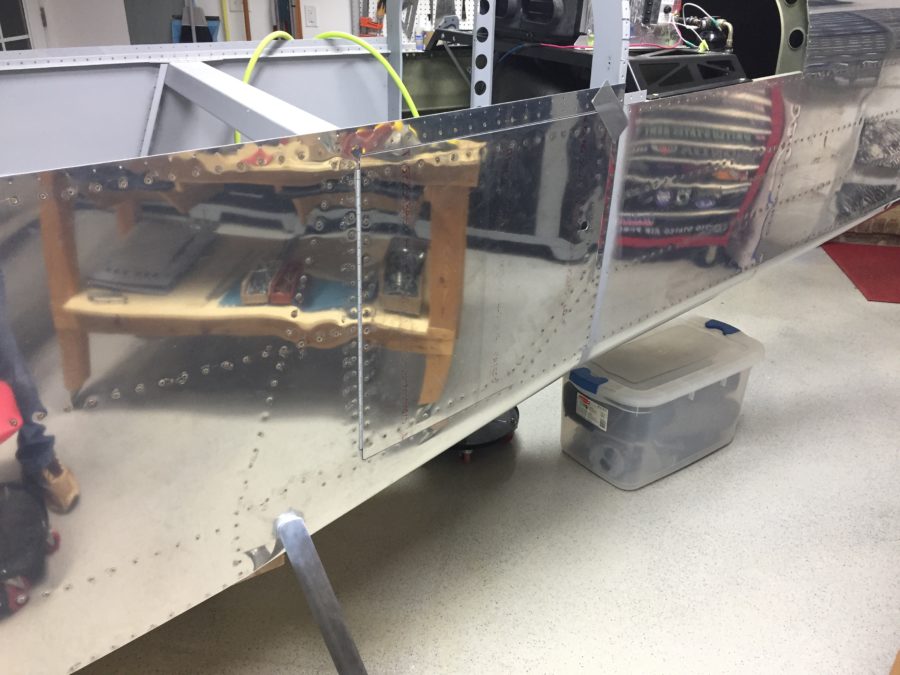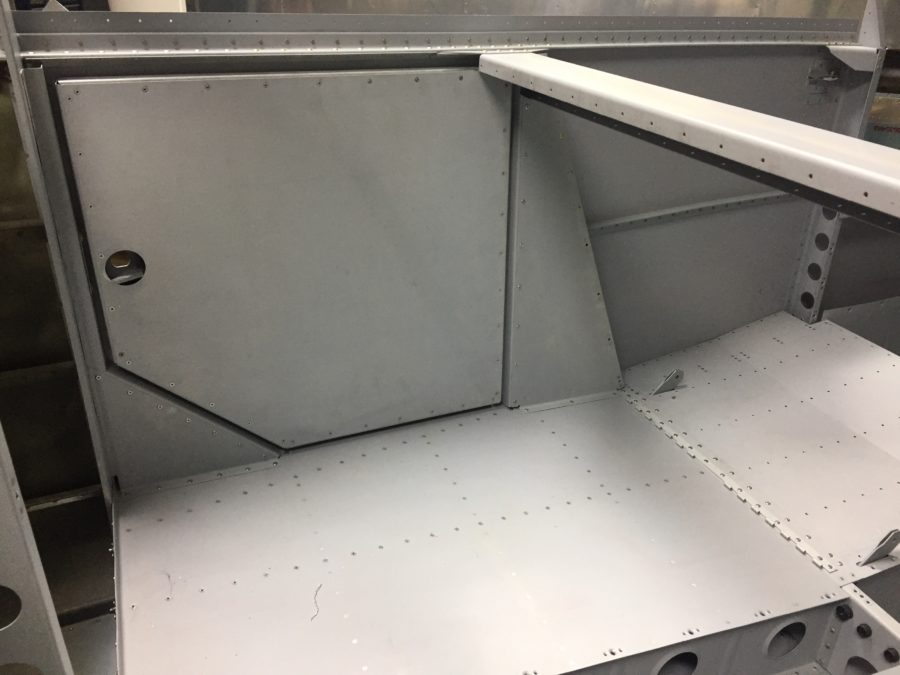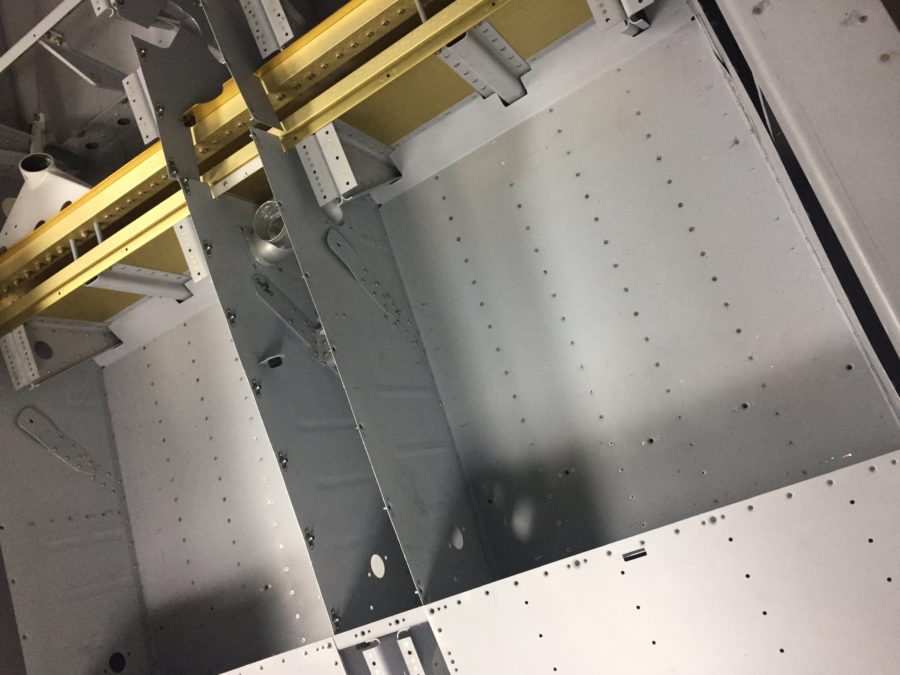Several months ago I made the difficult, but wise, decision to sell my propeller. As beautiful as it looks hanging on the shop wall, I only purchased it because it was the exact prop I wanted and I got it at a good price. The reality was it is due for an overhaul years before it ever turns on an engine and I could reallocate the funds better right now. Comforting my decision was the fact I can purchase another prop, same design down to the paint, at any time. It wasn’t something I had invested time or personalization in. I’m happy that it will be on a finished project much sooner than I could have achieved and I didn’t lose any money on the whole thing.

On the project, I tackled the baggage door with relative ease, finishing it up in just a few evenings’ work. It was an easy project and one that really gives a sense of accomplishment. Several things to note, however, are to pay close attention to the hinge pin position and deciding if you want the door removable. I purposefully positioned the hinge inboard to keep the protrusion subtle but in doing so, made it where the pin is not removable (or easily installed). I realized this too late and had already drilled the holes. Ed Krantz made his pins removable like the rear seat backs, but I decided that I just don’t have the need to remove the door and can live with the results. I was luckily able to keep the hinge halves together and riveted to the door while slipping the whole assembly into the fuselage. It turned out well and the door skin only needed a minor amount of finessing to lie flush with the fuse surround and produces a nice even gap all around.

 Next up are the rear floor panels that fit very tightly. When the plans say to put the manufactured head of the rivet on a certain side, they say it for a reason. I had to wrestle the panels over two shop heads that would have been easier had I paid attention. Van’s pays the builder to always think a few steps ahead and friendly reminds you if you don’t! One change on the rear floor panels I made was to replace the AN470 rivets around the perimeter with LP4-3 rivets. Bucking the AN470s was going to be a real pain and no doubt lead to issues with drilling a few out. The front panels are all blind rivets, so I don’t think I’m breaking too many rules with this substitution.
Next up are the rear floor panels that fit very tightly. When the plans say to put the manufactured head of the rivet on a certain side, they say it for a reason. I had to wrestle the panels over two shop heads that would have been easier had I paid attention. Van’s pays the builder to always think a few steps ahead and friendly reminds you if you don’t! One change on the rear floor panels I made was to replace the AN470 rivets around the perimeter with LP4-3 rivets. Bucking the AN470s was going to be a real pain and no doubt lead to issues with drilling a few out. The front panels are all blind rivets, so I don’t think I’m breaking too many rules with this substitution.

